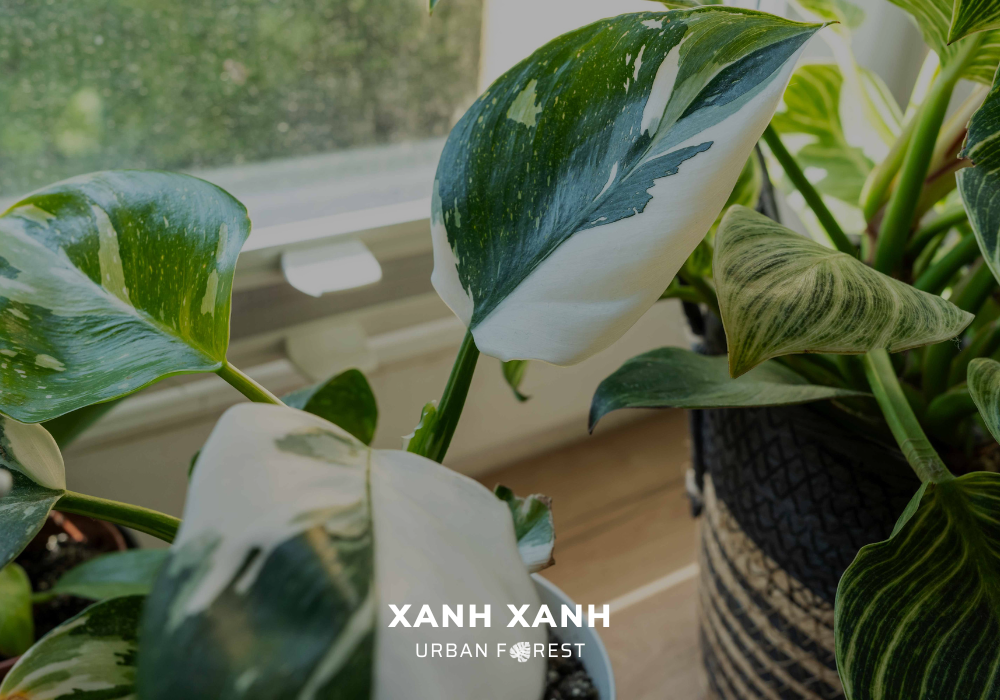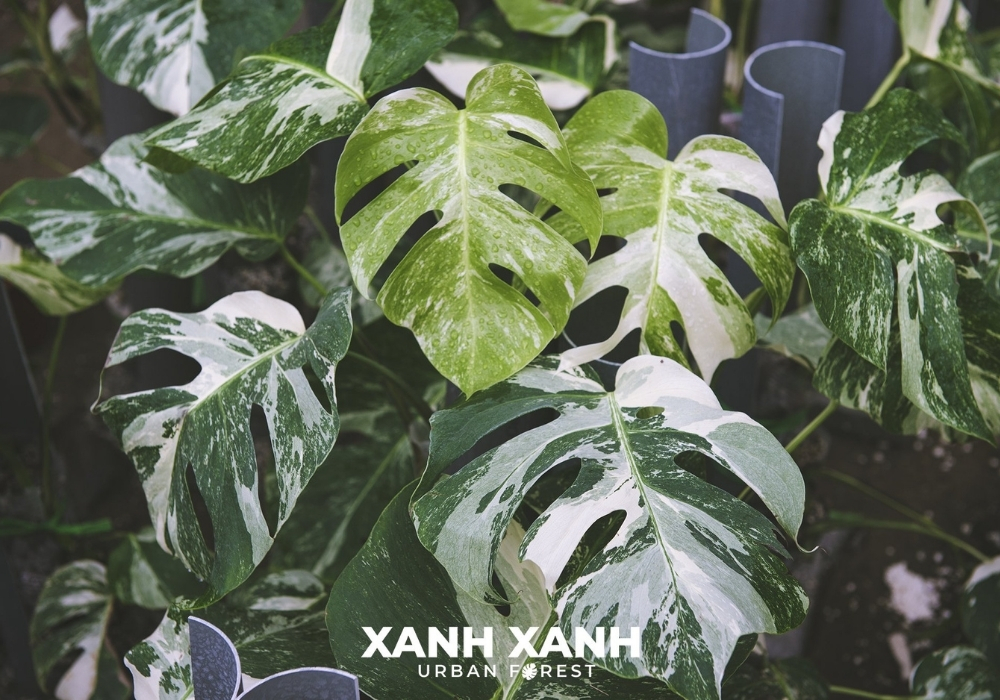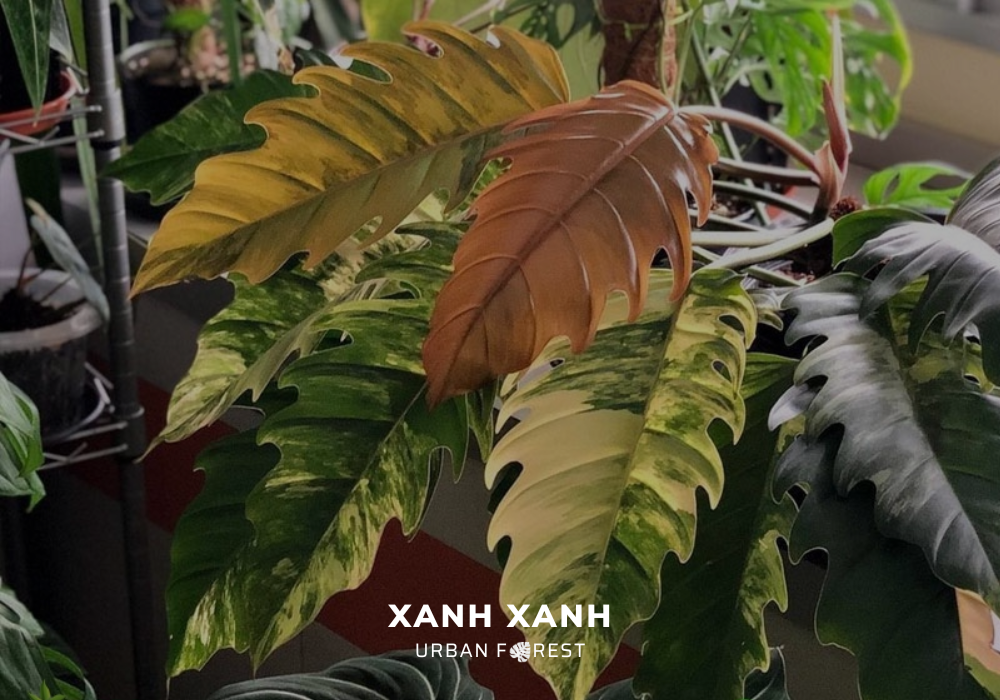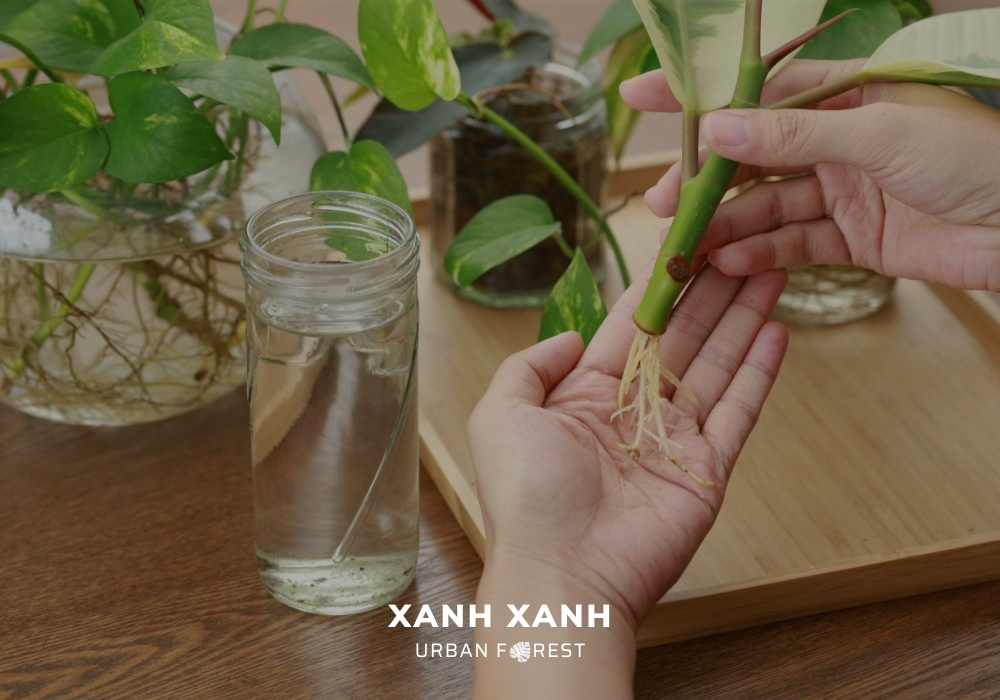Table of Contents
1. Introduction Why Are Your Philodendron Leaves Turning White?
Philodendrons are popular houseplants known for their beautiful foliage and ease of care. However, even these resilient plants can sometimes experience problems, such as Philodendron leaves turning white. This can be caused by a variety of factors, but don’t worry, it’s usually not a sign of a serious problem.
In this blog post, Xanh Xanh Urban Forest will discuss the most common causes of Philodendron leaves turning white and provide solutions for how to fix them.
1. Sunburn
Philodendrons prefer bright, indirect light. However, if they are exposed to direct sunlight for too long, their leaves can become sunburned. That is why Philodendron leaves turn white, yellow, or brown and may also scorch or blister. The edges of the leaves may also turn brown and crispy.
If you think your Philodendron is sunburned, move it to a location that receives less direct light. You can also gradually acclimate your plant to brighter light by placing it in a location that receives indirect sunlight for a few hours each day, and then gradually increasing the amount of light over time.
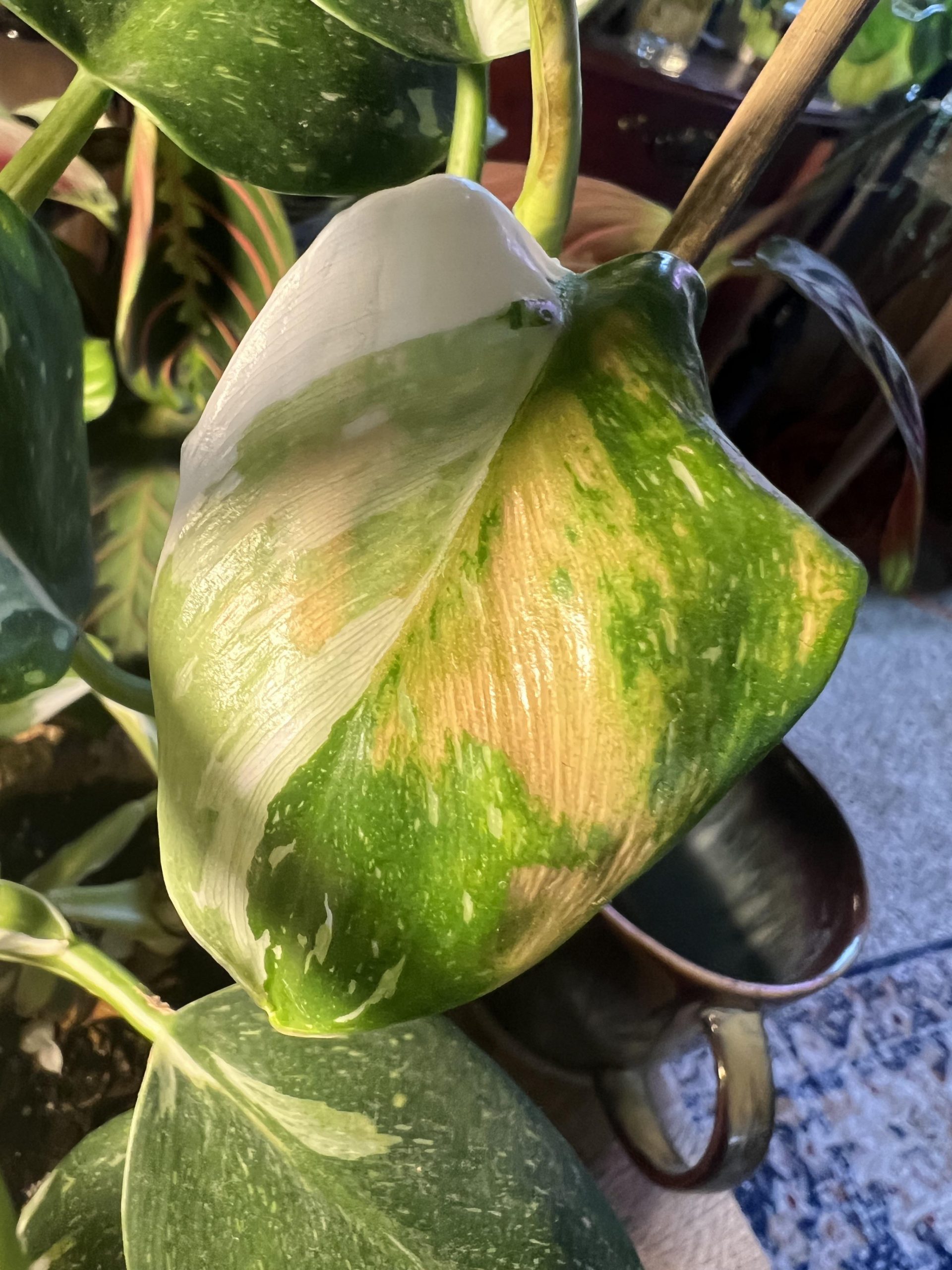
2. Overwatering
Overwatering is one of the most common causes of Philodendron leaves turning white. Philodendrons are drought-tolerant plants and do not like to be overwatered. When you overwater a Philodendron, the roots are unable to get the oxygen they need, which can lead to root rot. Root rot is a fungal disease that attacks the roots of the plant, preventing them from taking up water and nutrients. This can cause the leaves of the plant to turn yellow, white, or brown. In severe cases, the plant may die.
To avoid overwatering your Philodendron, allow the soil to dry out completely between watering. You can check the moisture level of the soil by inserting your finger into the soil up to your first knuckle. If the soil feels dry, it’s time to water the plant. If the soil feels moist, wait a few days and check again.
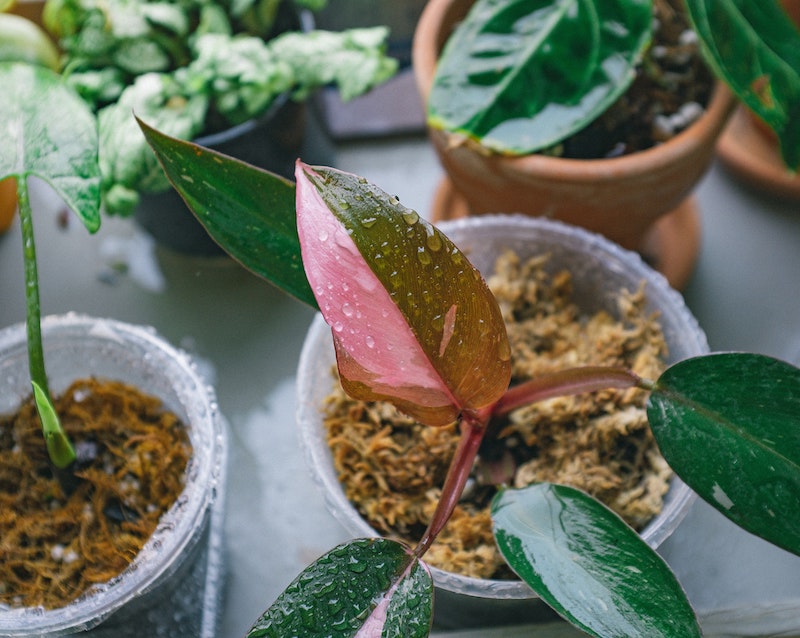
3. Pests and Diseases
Philodendron leaves turning white can also be a sign of pest or disease infestation. Common pests include mealybugs, spider mites, and aphids. These pests feed on the sap of the plant, which can damage the leaves and cause them to turn white. Common diseases include fungal leaf spots and root rot. Fungal leaf spots cause brown or black spots on the leaves, while root rot causes the roots to rot and turn brown or black.
If you think your Philodendron is infested with pests or diseases, inspect the plant carefully for signs of damage. If you find any pests, treat them with an insecticidal soap or neem oil. If you find any signs of disease, remove the affected leaves and improve air circulation around the plant. You may also need to treat the plant with a fungicide or bactericide.
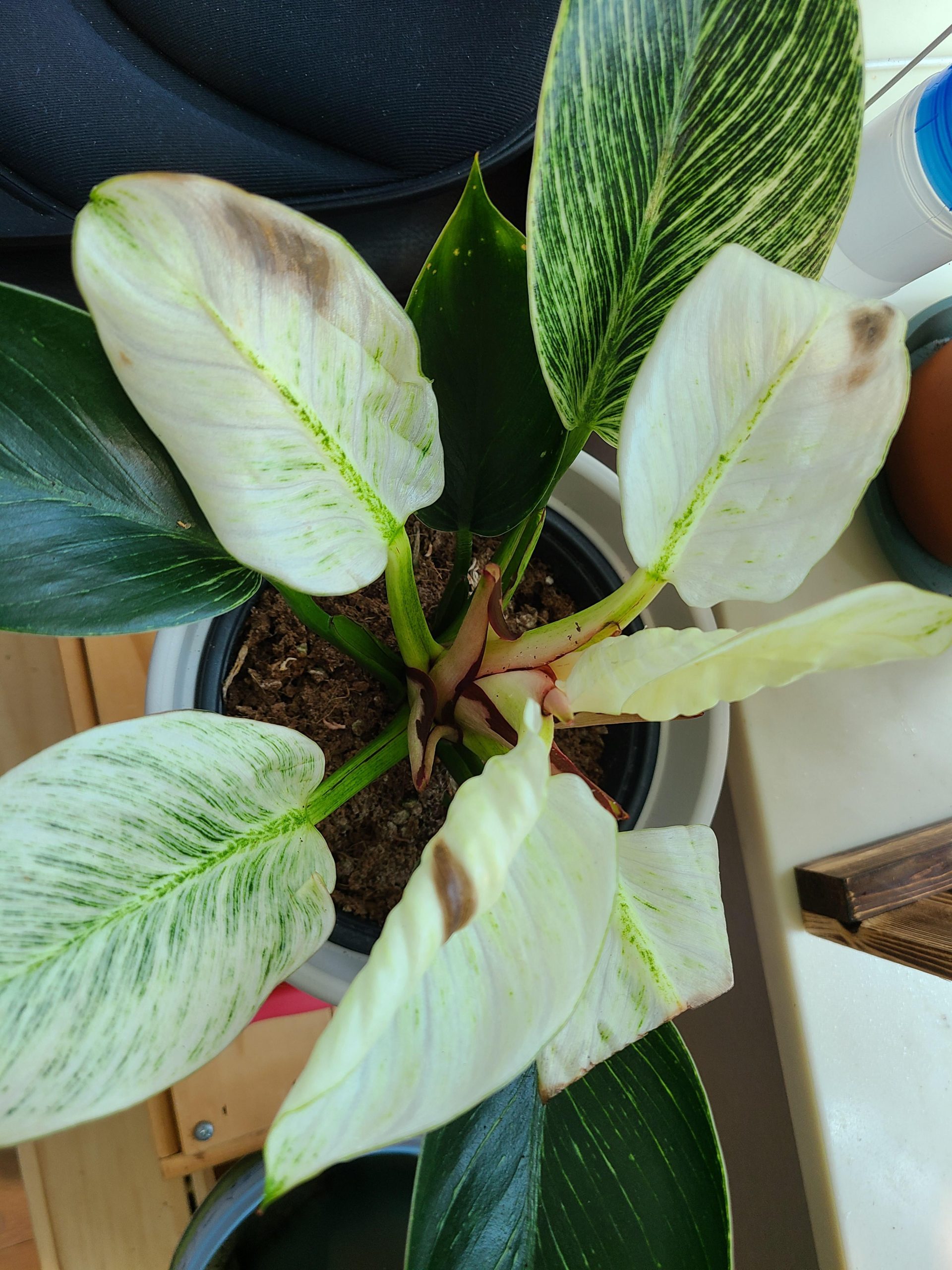
4. Low Humidity
Philodendrons are tropical plants that thrive in humid environments. Low humidity levels can cause Philodendron leaves turning white. This is because the leaves lose moisture through transpiration, and in dry air, this process happens too quickly.
To increase the humidity around your plant, you can mist the leaves regularly with a spray bottle filled with water. You can also place the plant on a pebble tray filled with water. The water will evaporate and create a more humid microclimate around the plant. Finally, you can group your plant with other plants, as this will help to create a more humid environment overall.
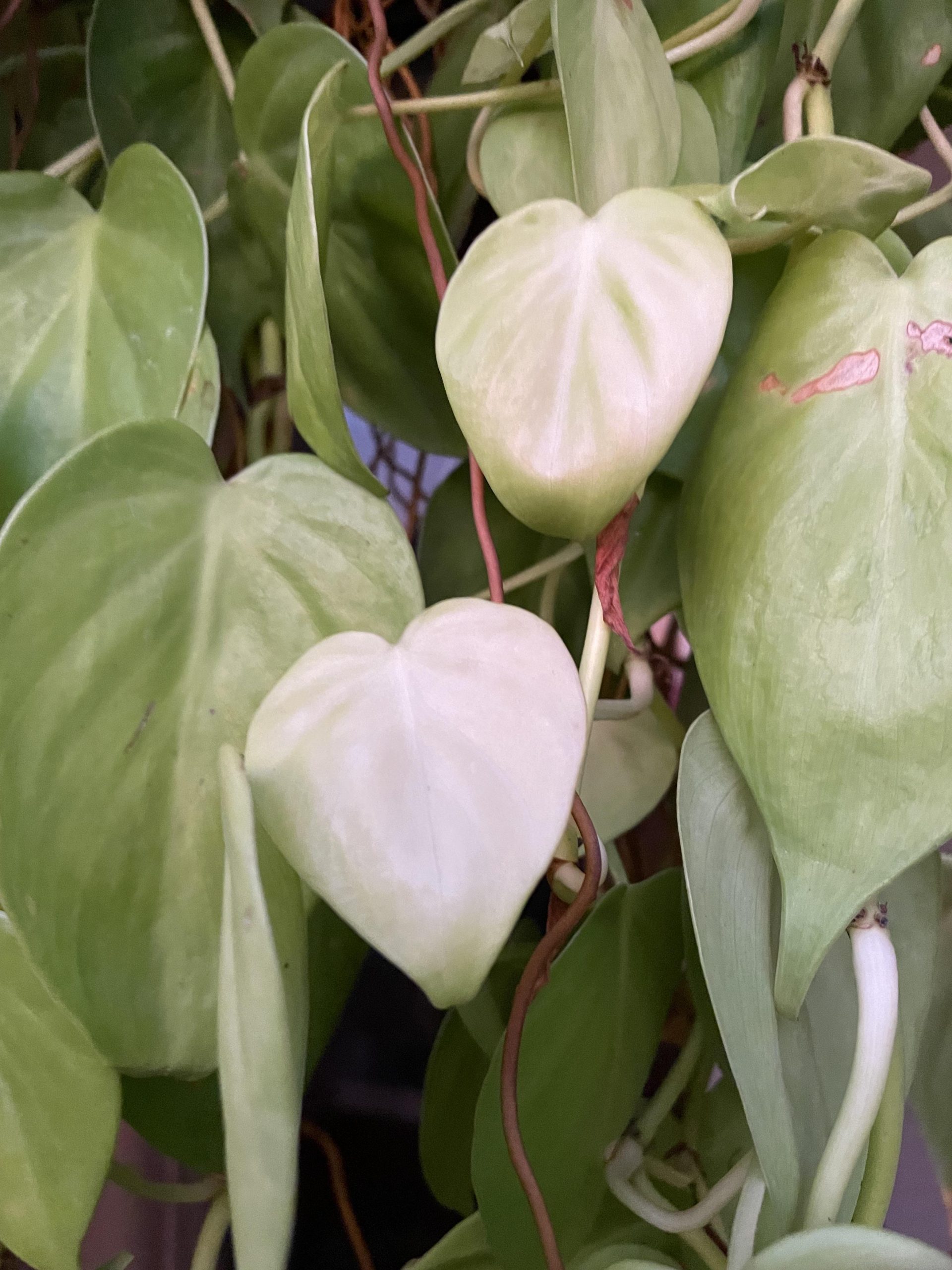
5. Nutrient Deficiency
Philodendrons need a variety of nutrients to grow healthy, including nitrogen, phosphorus, and potassium. One sign of nutrient deficiency in this plant is Philodendron leaves turning white. Nitrogen deficiency is the most common cause of white leaves in Philodendrons. It typically affects older leaves first, causing them to turn yellow from the edges inward. Phosphorus deficiency can also cause white leaves, but it usually affects younger leaves first. Potassium deficiency can cause white or yellow spots on the leaves.
To avoid nutrient deficiency, fertilize your plant every two to four weeks during the growing season. Use a balanced liquid fertilizer diluted to half strength. You can also add organic matter to the soil, such as compost or worm castings, to improve nutrient retention.
6. Final thought
The best way to prevent Philodendron leaves turning white is to provide your plant with the proper care. This includes giving it the right amount of light, water, and humidity. It is also important to fertilize your plant regularly and inspect it for signs of pests and diseases.
By following the tips in this blog post, you can help this plant stay healthy and happy.
Xanh Xanh Urban Forest hopes that you found this blog article to be useful and educational. Please use the following to contact us with any questions:

